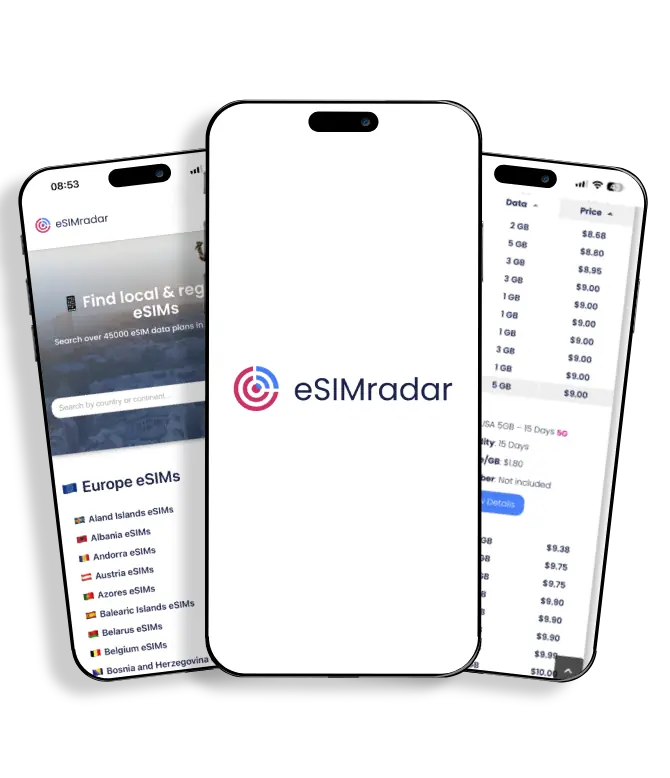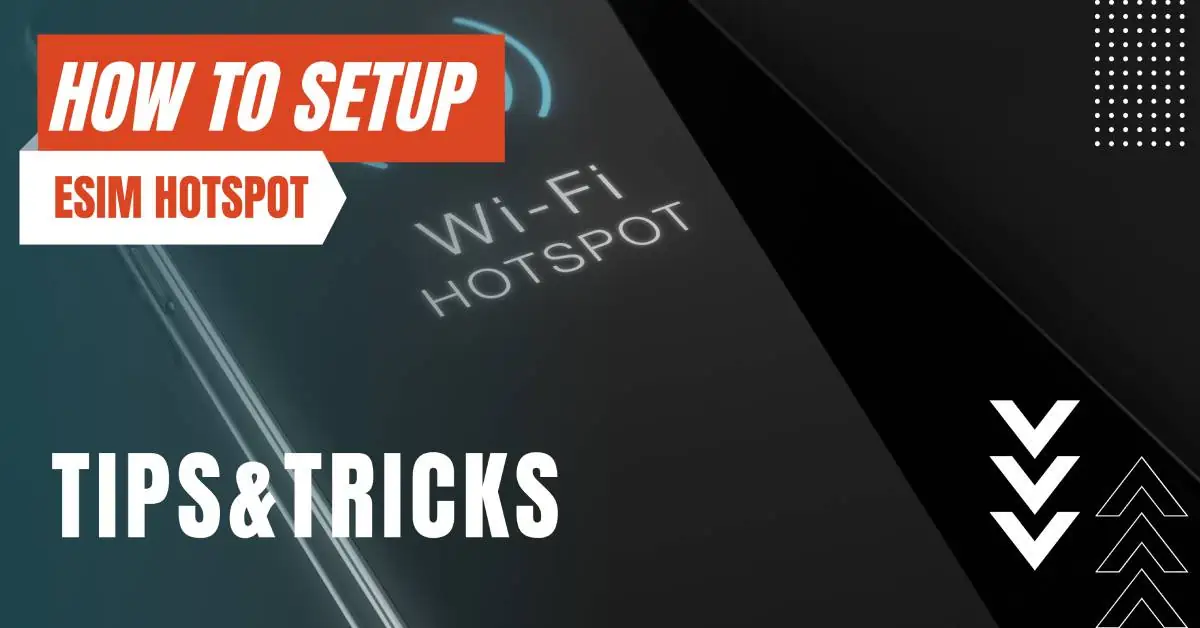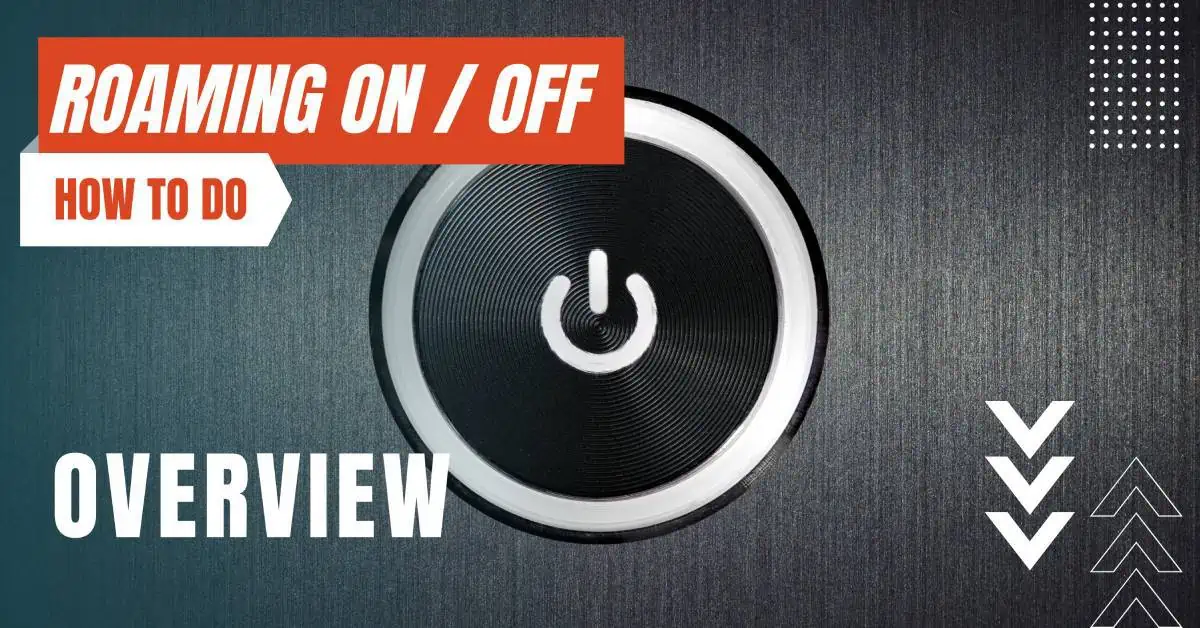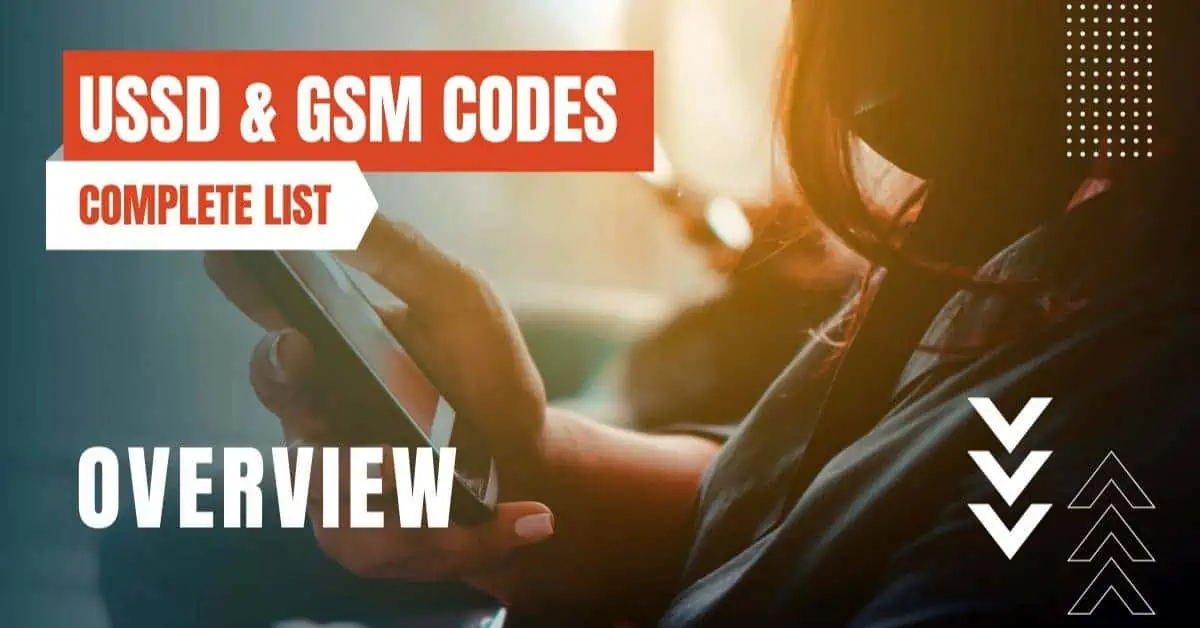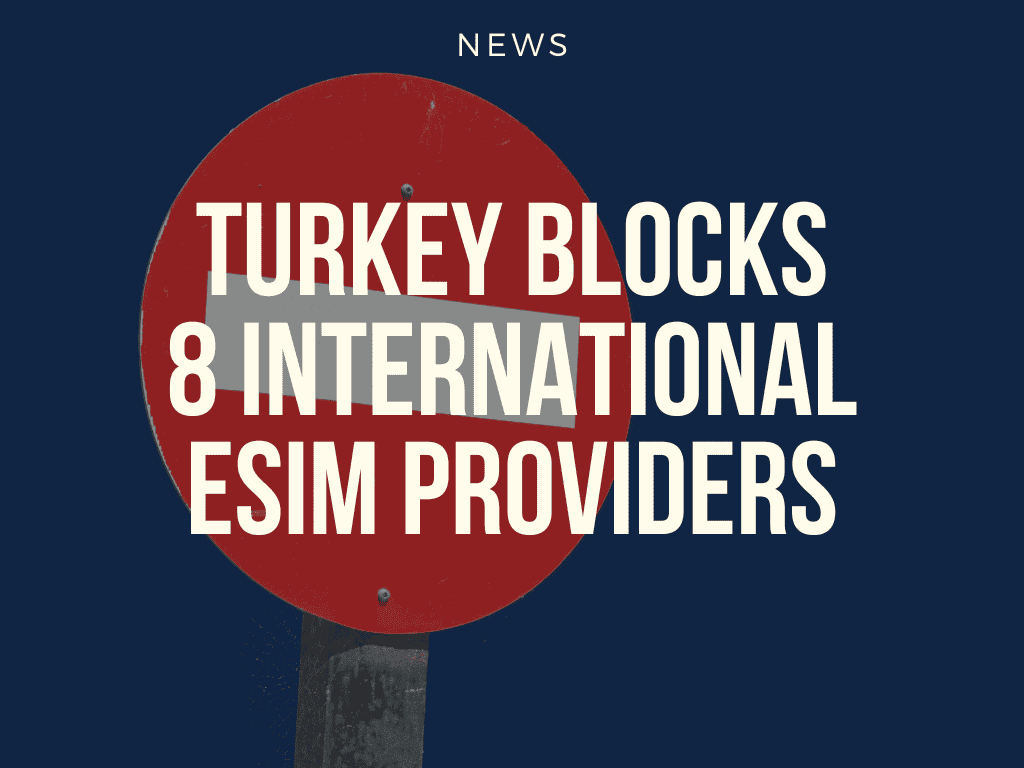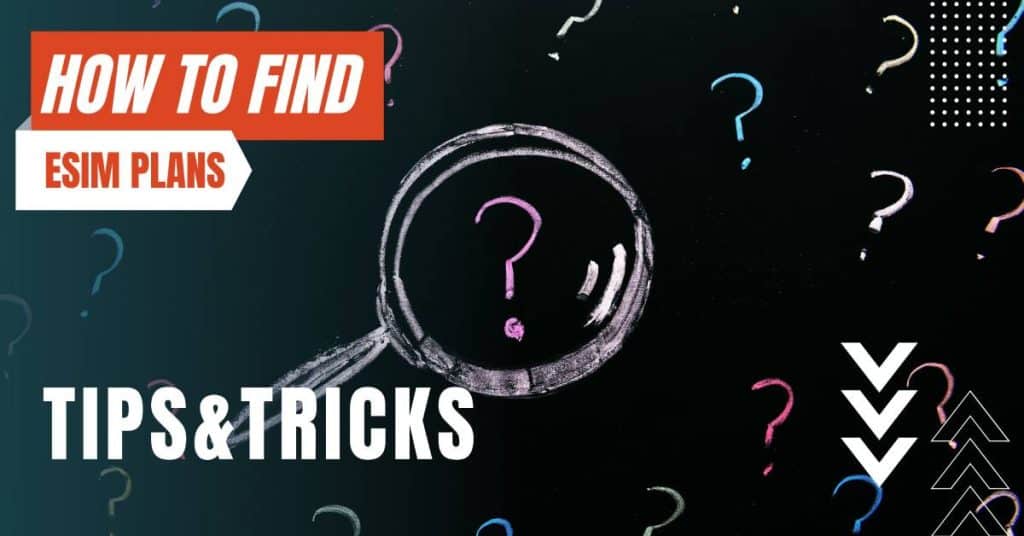All of the products and services we feature are chosen independently. If you click through links we provide, we may earn a commission. Learn more
Written by: Emily Chen
What Is Tethering
- Updated: September 30, 2023 | Published:
In today’s digital age, the internet has seamlessly woven itself into the fabric of our daily lives. From work to leisure, communication to entertainment, our reliance on the internet is undeniable.
As such, the quest for consistent and reliable connectivity has become a top priority for many. Amidst the vast landscape of Wi-Fi networks and mobile data plans, tethering stands out as a versatile and often underutilized solution to a myriad of connectivity challenges, offering a bridge where traditional methods might fall short.
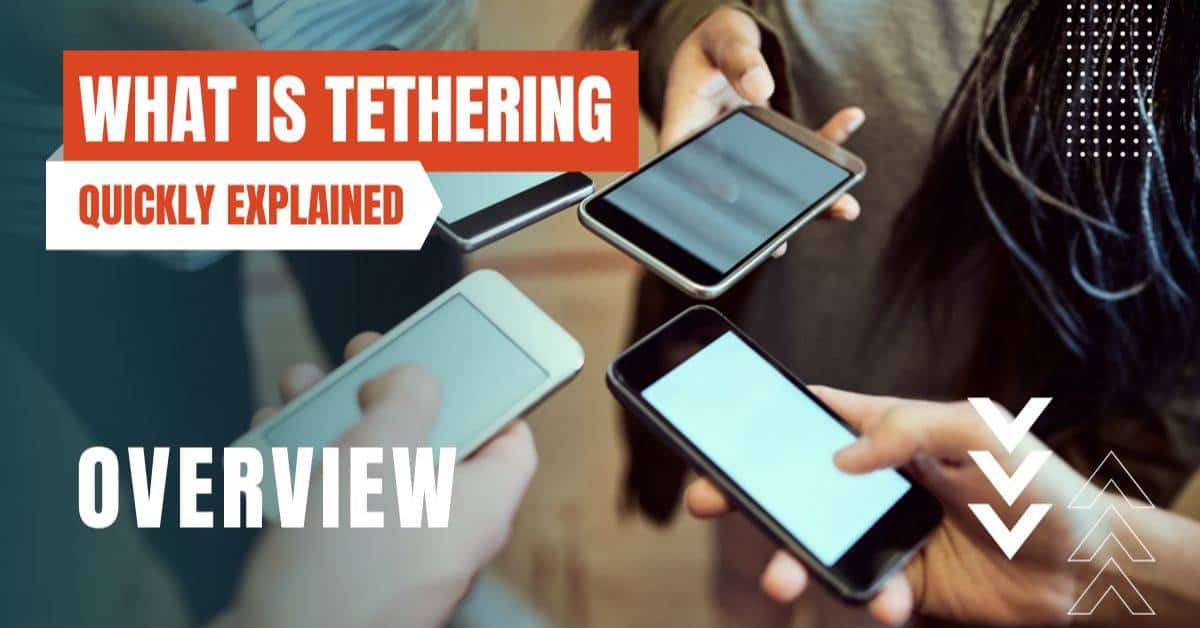
Historical Context of Tethering
The concept of tethering has a rich history, tracing back to the days when internet connectivity was a luxury rather than a given. Initially, tethering was a wired endeavor, often involving complex setups and a tangle of cables.
As technology advanced and mobile data became a staple for many, the demand for a more streamlined way to share internet access became evident. This demand spurred innovation, leading to the development of more intuitive, user-friendly, and efficient tethering methods that we see today.
Types of Tethering
Tethering, in its essence, is about sharing internet access from one device to another.
However, the methods to achieve this vary, each with its own set of advantages and limitations.
USB Tethering
This method involves directly connecting a smartphone or tablet to a computer using a USB cable. It’s akin to creating a direct bridge between the two devices.
The connection is typically stable and less prone to interruptions. An added bonus is that while sharing the internet, the device also gets charged. However, the need for a physical connection can be limiting, especially for those who value mobility and flexibility.
Bluetooth Tethering
Bluetooth tethering offers a wireless alternative. By pairing devices via Bluetooth, users can share internet access without the constraints of cables.
This method is particularly useful for quick, short-range connections, like between a phone and a laptop.
While it’s convenient and can connect multiple devices, it’s generally slower than other methods and has a limited range, making it less ideal for data-intensive tasks.
Wi-Fi Hotspot
Transforming a device into a Wi-Fi hotspot is akin to having a portable router in your pocket. This method is favored by many due to its high-speed capability, ability to connect multiple devices, and relatively long range.
However, it’s not without its drawbacks. Using a device as a hotspot can be a significant drain on its battery. Additionally, if not secured properly, it can be vulnerable to unauthorized access, posing potential security risks.
How To Turn On Tethering
Turning on tethering allows you to share your device’s internet connection with other devices. The process can vary slightly depending on the device and operating system you’re using.
Here’s a general guide for both Android and iOS devices:
For Android
- Open Settings: Tap on the “Settings” app on your device.
- Network & Internet: Navigate to “Network & Internet” or just “Networks” (the wording might vary based on the device).
- Hotspot & Tethering: Tap on “Hotspot & Tethering” or similar.
- Choose a Tethering Option:
- Wi-Fi Hotspot: To share your internet connection via Wi-Fi.
- USB Tethering: To share your internet connection via a USB cable (you’ll need to connect your device to another device using a USB cable for this option).
- Bluetooth Tethering: To share your internet connection via Bluetooth.
- Turn On: Toggle the switch to turn on the desired tethering option. For Wi-Fi Hotspot, you might want to set a password to secure your connection.
For iOS (iPhone)
- Open Settings: Tap on the “Settings” app on your iPhone.
- Personal Hotspot: Navigate to “Personal Hotspot.” If you don’t see this option, it might be nested under “Cellular.”
- Toggle On: Switch on “Allow Others to Join.”
- Wi-Fi Password: Set a password for your hotspot to ensure others can’t connect without your permission.
- Connect Using Other Methods: If you want to tether using Bluetooth or USB, ensure Bluetooth is turned on or your iPhone is connected to the device via a USB cable. Then, pair the devices or select your iPhone from the list of available networks on the other device.
Practical Uses of Tethering
The versatility of tethering makes it applicable in a plethora of scenarios.
Travel: For globetrotters and adventurers venturing into areas with sparse public Wi-Fi, tethering can be an invaluable tool, ensuring they remain connected to loved ones and essential services.
Backup: In the unfortunate event of a home or office internet outage, tethering can serve as a reliable backup, ensuring that work, studies, or entertainment aren’t interrupted.
Cost-saving: For those on a budget, tethering can be a godsend. Instead of investing in multiple data plans for various devices, one can tether them, utilizing a single plan, leading to potential savings.
Remote work: The rise of the digital nomad culture and remote work has underscored the importance of reliable internet. Tethering offers a solution, ensuring that work can continue uninterrupted, irrespective of one’s geographical location.
Security Considerations
The digital realm, while offering countless conveniences, is also fraught with potential pitfalls. Tethering, if not done securely, can expose users to risks.
t’s imperative to set robust passwords for Wi-Fi hotspots to deter unauthorized access. Open or weakly secured networks can be prime targets for cyberattacks, including man-in-the-middle attacks where malicious entities can intercept and potentially alter communications.
To bolster security, users should consider employing Virtual Private Networks (VPNs) and ensuring that their devices are equipped with the latest security patches and updates.
Impact on Data Usage and Costs
While tethering offers unparalleled convenience, it can also be a data guzzler. Especially when multiple devices are connected, data consumption can skyrocket, leading to potential overage charges.
It’s crucial for users to be acutely aware of their data usage, regularly checking to avoid any unpleasant surprises on their bills.
Additionally, some service providers might have stipulations regarding tethering, potentially imposing extra charges or throttling speeds after certain data thresholds are reached.
Technical Limitations and Challenges
Tethering, though powerful, is not devoid of challenges. Compatibility can be an issue, with some devices not supporting certain tethering methods.
ignal interference, especially in areas with multiple competing networks, can lead to connectivity issues.
Furthermore, as the number of tethered devices increases, there’s a potential for a proportional decrease in internet speeds, which can be a hindrance for tasks requiring high bandwidth.
In the vast ocean of internet connectivity solutions, tethering emerges as a versatile and powerful tool. Its adaptability makes it suitable for a range of scenarios, from travel to remote work.
However, with its myriad benefits come responsibilities. Users must be vigilant about security, mindful of data usage, and aware of potential technical limitations.
Informed and judicious use of tethering can unlock a world of connectivity possibilities.
By entering your email & signing up, you agree to receive promotional emails on eSIMs and insider tips. You can unsubscribe or withdraw your consent at any time.

About The Author
Spread the Word, Share the Joy
Compare eSIMs
Why keep the secret to yourself? Spread the joy of eSIMradar and let everyone in on the eSIM experience!

Easy eSIM Comparison for Your Needs
Simplifying your search! Easily compare eSIM plans tailored to your specific needs

Coverage in 210+ Countries
Benefit from our extensive eSIM comparison with 30+ providers in over 210 destinations.

Save money without second-guessing
Our platform helps you maximize value, ensuring competitive prices.

Enjoy Hassle-Free Travel Abroad
Whether you’re on holiday or a business trip abroad, stay connected with ease and focus on enjoying your experiences,
Find Your Perfect eSIM & Exclusive Deals!
Find your ideal eSIM effortlessly and stay connected in style wherever your adventures take you! Get exclusive deals and discounts at your fingertips, ensuring you get connected for less on your travels!
